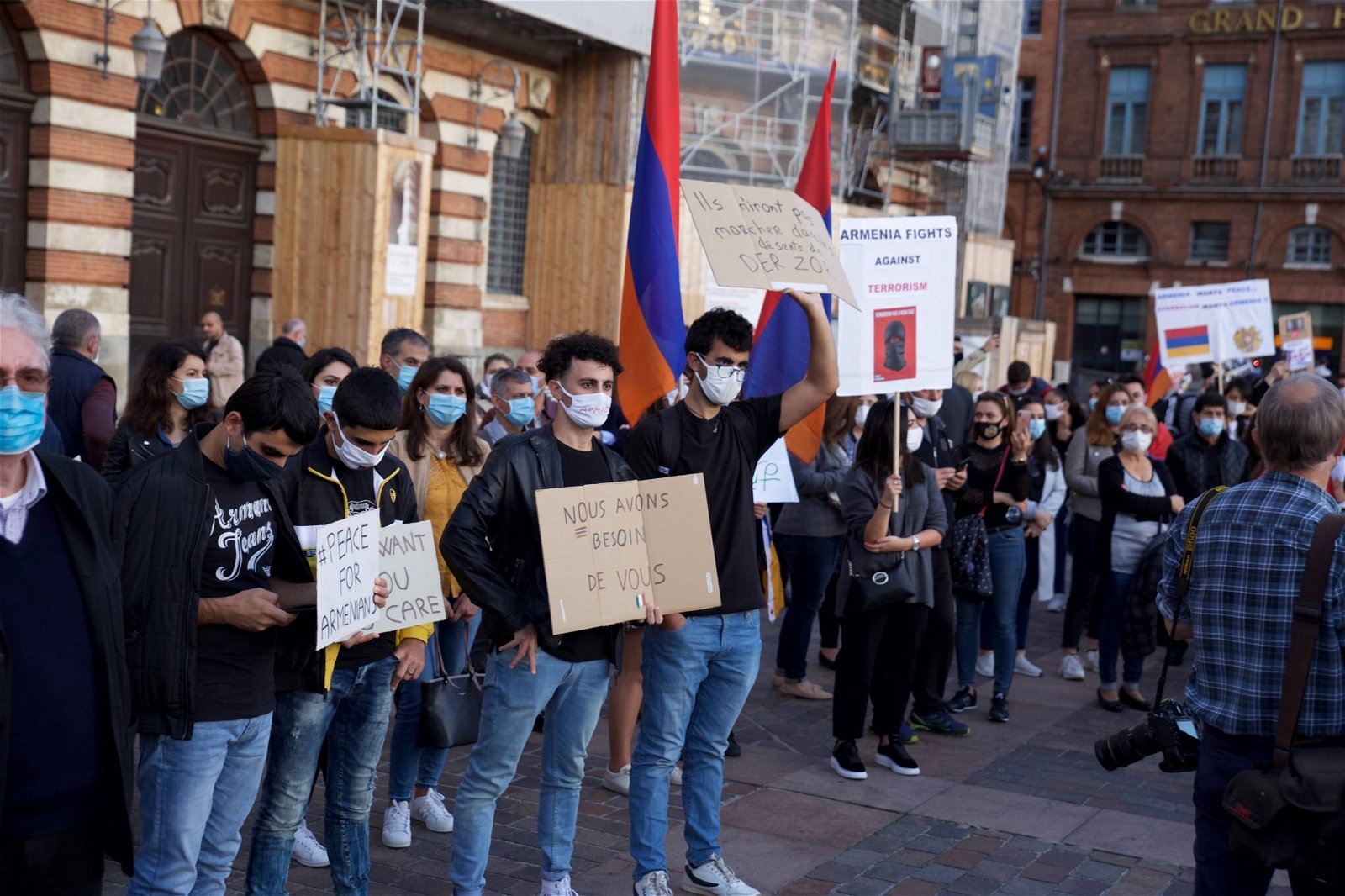
With bounded mouths and fixed eyes, under the sounds of Armenian duduk, they were standing in the middle of the main square of Toulouse, allowing the silence to speak out for them. People, rushing here and there, were scanning the QR code on the flyers that were handed out to learn what’s behind that silence. What was happening miles away from peaceful France was way different. Behind that silence, there was a rip-roaring war.
Manvel Grigorian, one of the organizers of the Silent Square initiative that aimed to inform people in France about the 2020 Artsakh War, used to live in France for the previous 10 years. In September 2020, he got his master’s degree in mechanical engineering and was thinking about starting his career in France. Come back to Armenia? He didn’t intend to. But then the war started. All his plans for the near future faded away, and Manvel made every effort to support Armenia from afar.
The Silent Square awareness campaign was followed by many others, including engaging media to raise awareness, organizing fundraising campaigns and sending humanitarian assistance to the homeland. “Yet, I ascertained myself that though I was keeping my nose to the grindstone, that wasn’t enough,” said Grigorian. “The best way to support Armenia was to go to Armenia.”
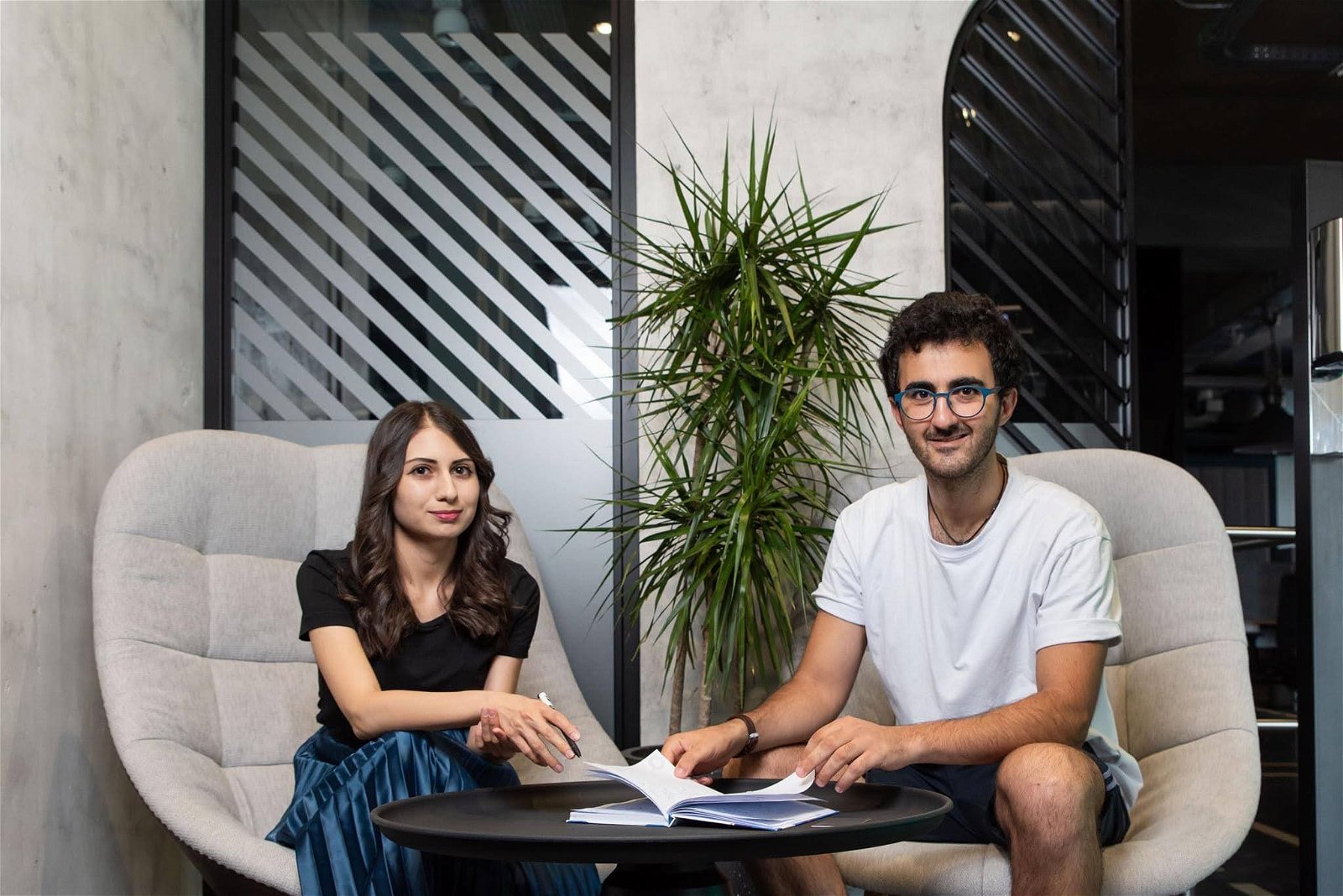
Grigorian’s first attempts were directed toward finding military volunteering opportunities, as he didn’t know how else he could lend a helping hand. Instead, in the process of searching, he came up with the Armenian Volunteer Corps (AVC), a Yerevan-based organization which offers volunteering opportunities to individuals of any field of expertise and background. “Contacting them, I could find something really exciting,” said Grigorian.
Partnering with more than 1,000 institutions and organizations in Armenia, AVC acted as a conduit between Grigorian and one of its partner organizations ArmBionics, where he volunteered as a mechanical engineer. His mission from that point forward was to work on the development of prosthetic implants for injured soldiers.
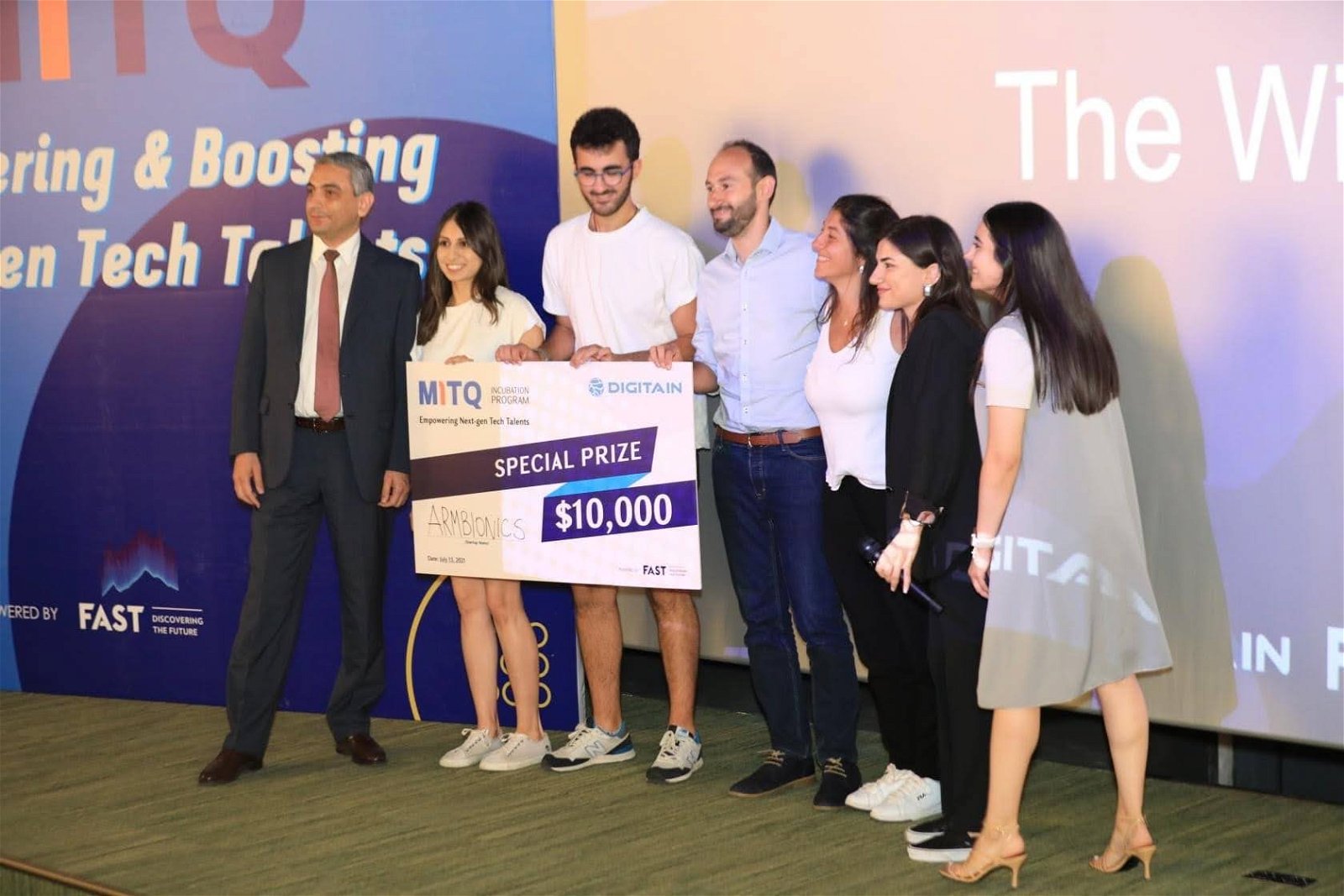
Grigorian notes that before coming to Armenia, he didn’t even know that the respective field was developing in the country, and he could get hands-on experience while applying his newly acquired skills in his homeland. “AVC’s role in this respect is big, as otherwise I would have never learned about the company or would have never had this opportunity,” he commented.
Volunteering means a lot to Grigorian, and he is happy to have joined the ArmBionics team exactly at this stage. “When volunteering, people kind of respect you more for the decent job you are doing, and, at the same time, you have the opportunity to do exactly what you love doing and get experience from the field you are passionate about, which is sometimes not possible when you are an employee,” explained Grigorian.
Calling upon his heart, Grigorian’s perception of making a life for himself has completely changed over the past year. A young man who was not even thinking about coming back to his homeland henceforth sees his future in Armenia, and specifically with ArmBionics. “Though the company is now in the process of advancing and lacks funding, I am more than confident that it will succeed, and I want to have a part in that success,” said Grigorian in his final remarks.
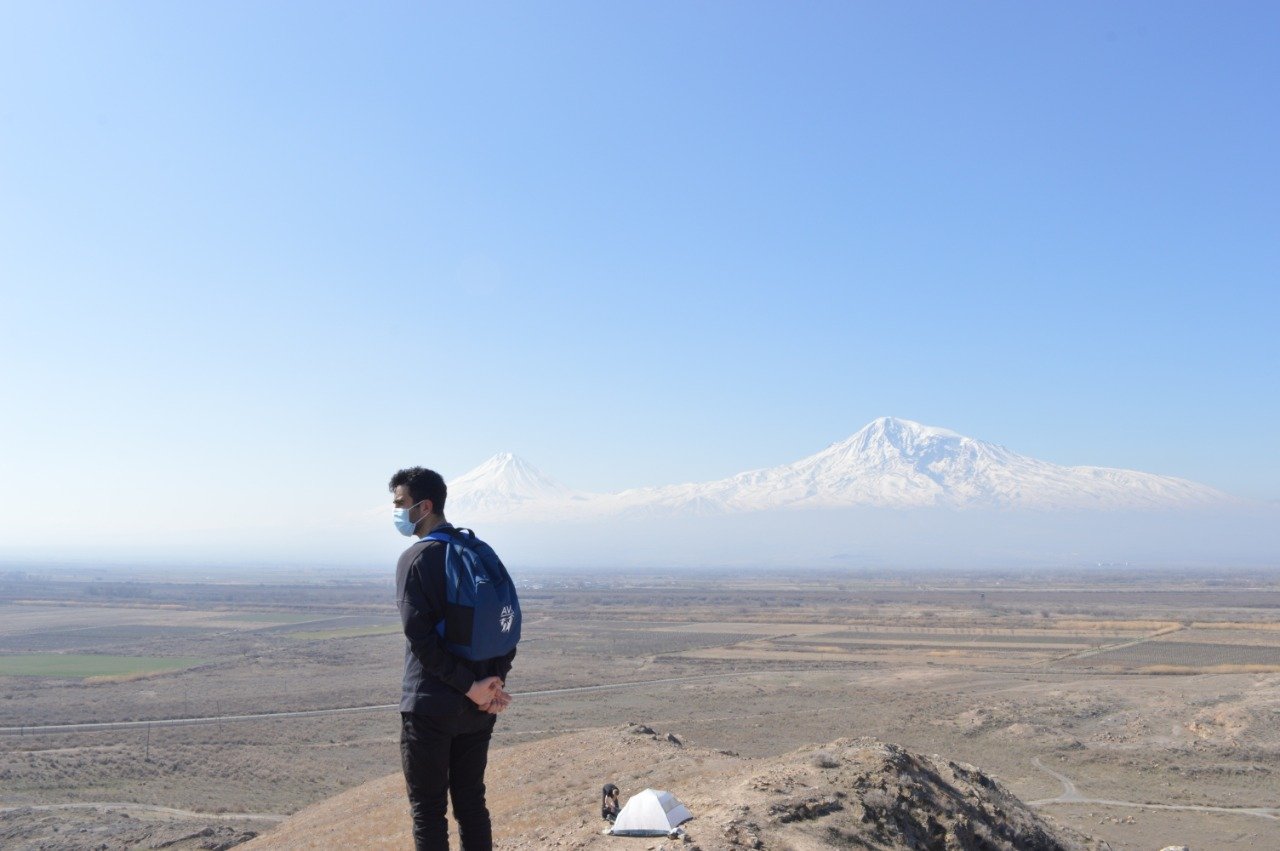


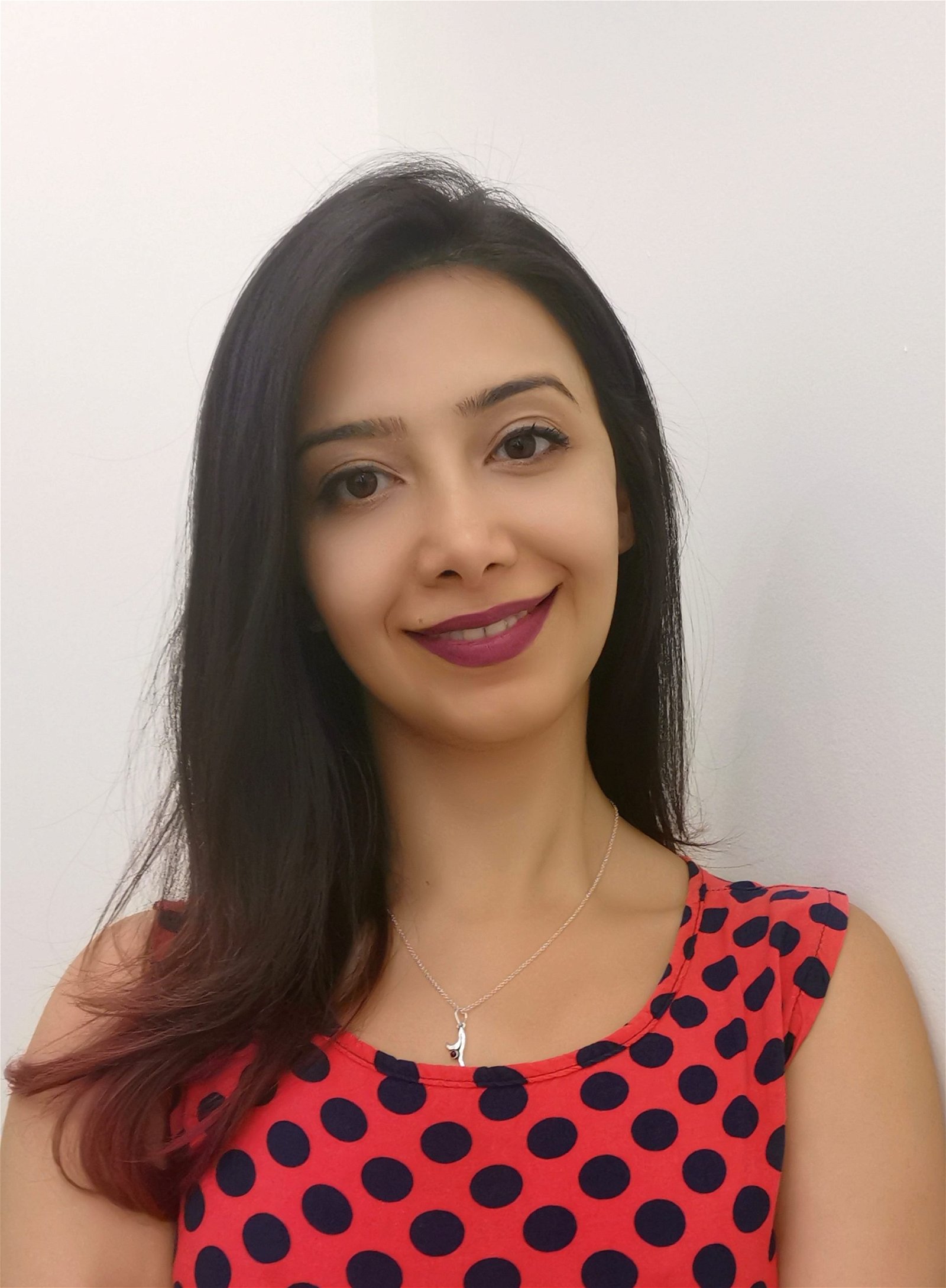
Be the first to comment